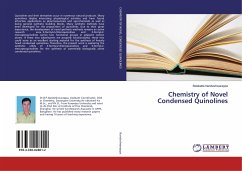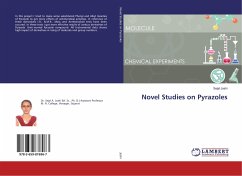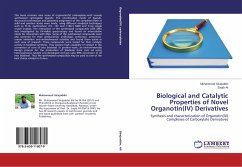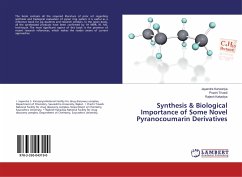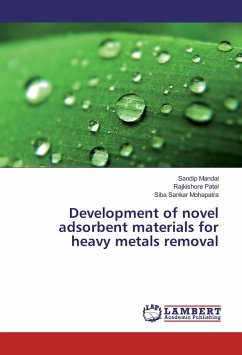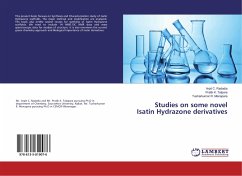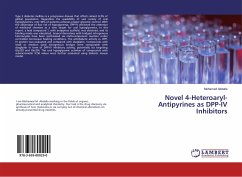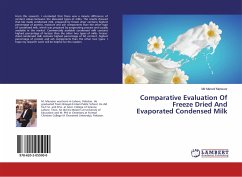Quinolines and their derivatives occur in numerous natural products. Many quinolines display interesting physiological activities and have found attractive applications as pharmaceuticals and agrochemicals as well as being general synthetic building blocks. Many synthetic methods have been developed for the preparation of quinolines. Due to their great importance, the development of novel synthetic methods remains an active research area. 3-Formyl-2-chloroquinolines and 3-formyl-2-mercaptoquinolines carries two functional groups in adjacent carbon atoms. If these two substituents are properly functionalized, these two could serve as an excellent starting material for the synthesis of linearly fused condensed quinolines. Therefore, the present work is exploring the synthetic utility of 3-formyl-2-chloroquinolines and 3-formyl-2-mercaptoquinolines for the synthesis of potentially biologically active condensed quinolines.
Bitte wählen Sie Ihr Anliegen aus.
Rechnungen
Retourenschein anfordern
Bestellstatus
Storno

